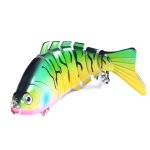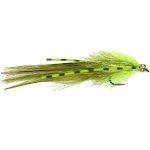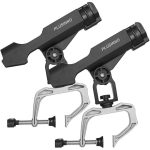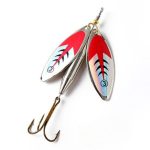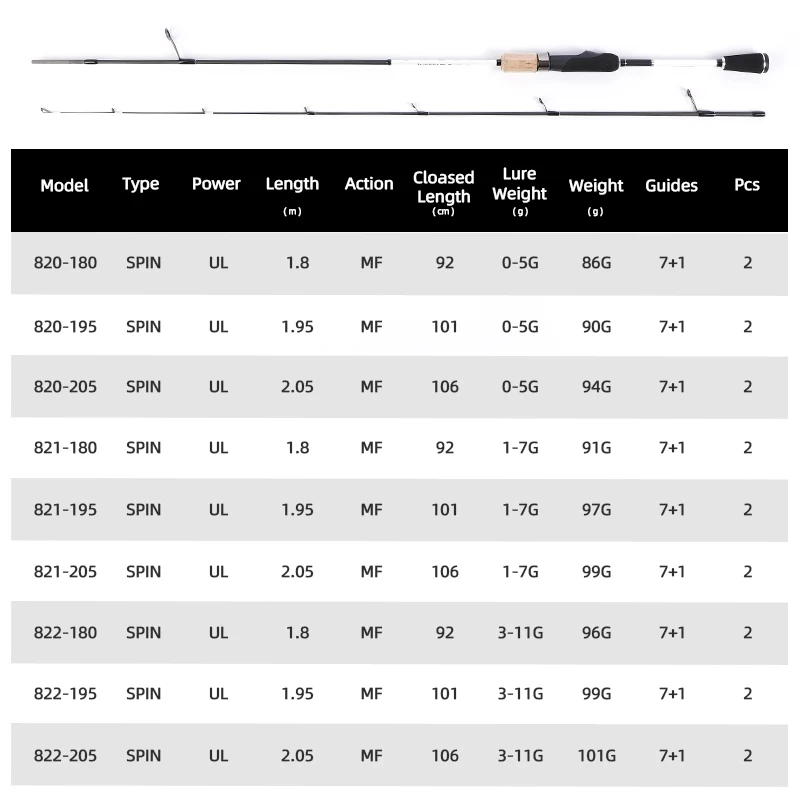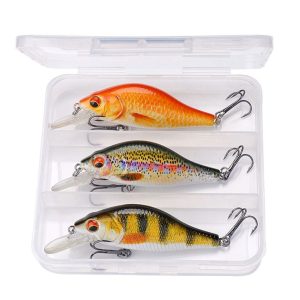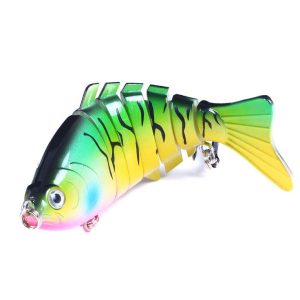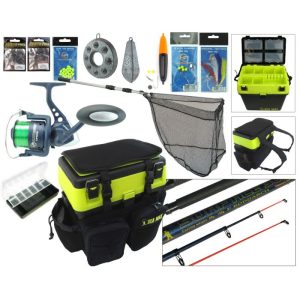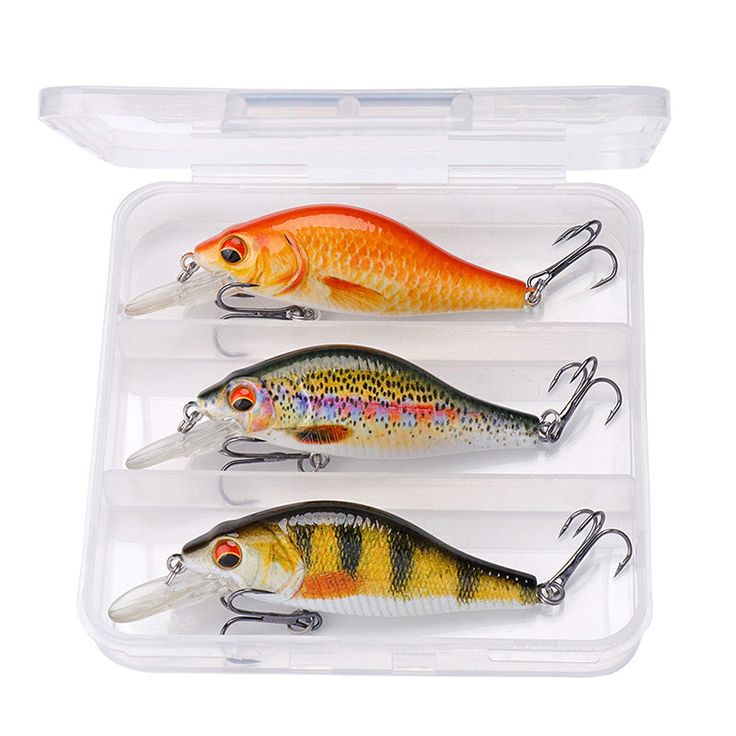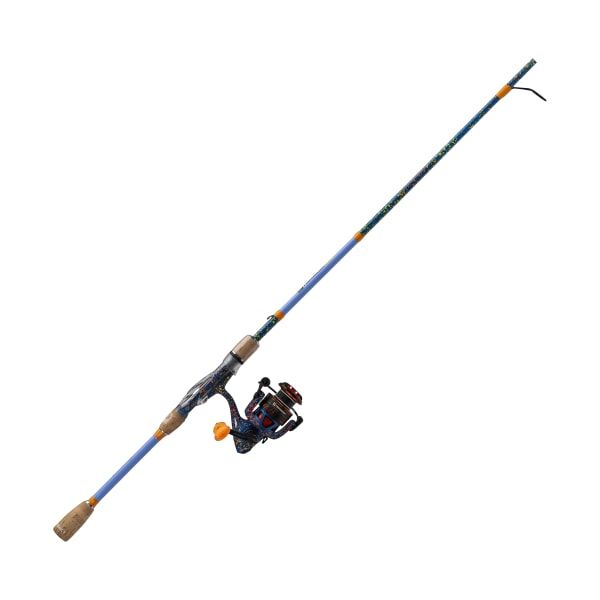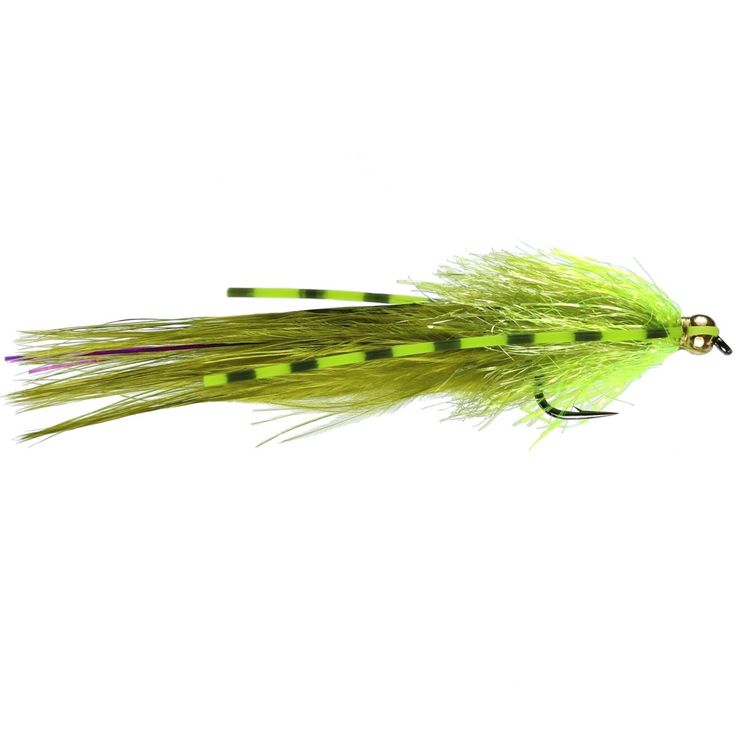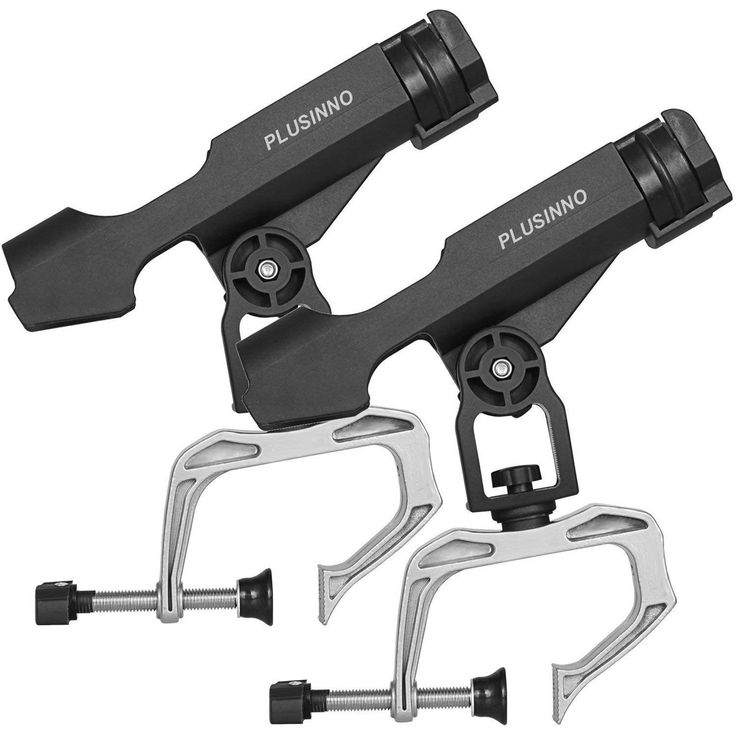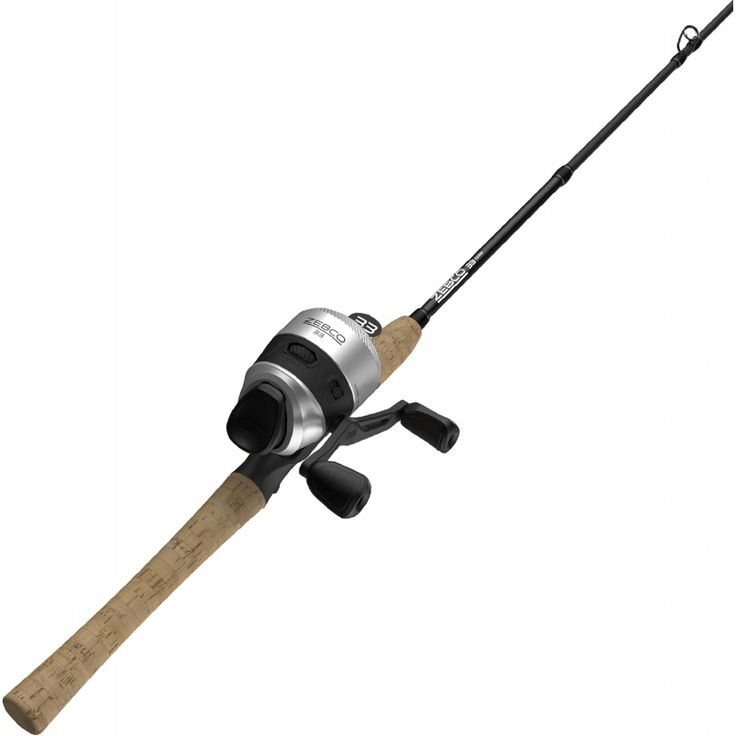Introduction to Fishing Rod Weights
Choosing the right fishing rod weight is crucial for a rewarding fishing experience. A fishing rod’s weight refers to its power and stiffness, not how much it physically weighs. The weight influences how the rod will perform with different types of fish and fishing conditions. Lighter rods are typically for smaller fish, whereas heavier rods can handle bigger fish and tougher conditions.
When we talk about rod weight, we’re discussing its ability to cast a certain weight range of fishing line and lure. The weight of the rod should match the weight of the line for optimal performance. Understanding the fishing rod weight chart is essential to make this match.
To select the correct rod weight, consider the species you’re targeting and the fishing environment. Are you aiming for tiny trout in a creek? A light rod may be best. Planning to wrest fishing in the ocean? A heavier rod could be the answer. The right weight enhances casting accuracy, control, and overall enjoyment.
Read on to learn about different types of fishing rods, how to determine the right rod weight, and how to use the fishing rod weight chart effectively.
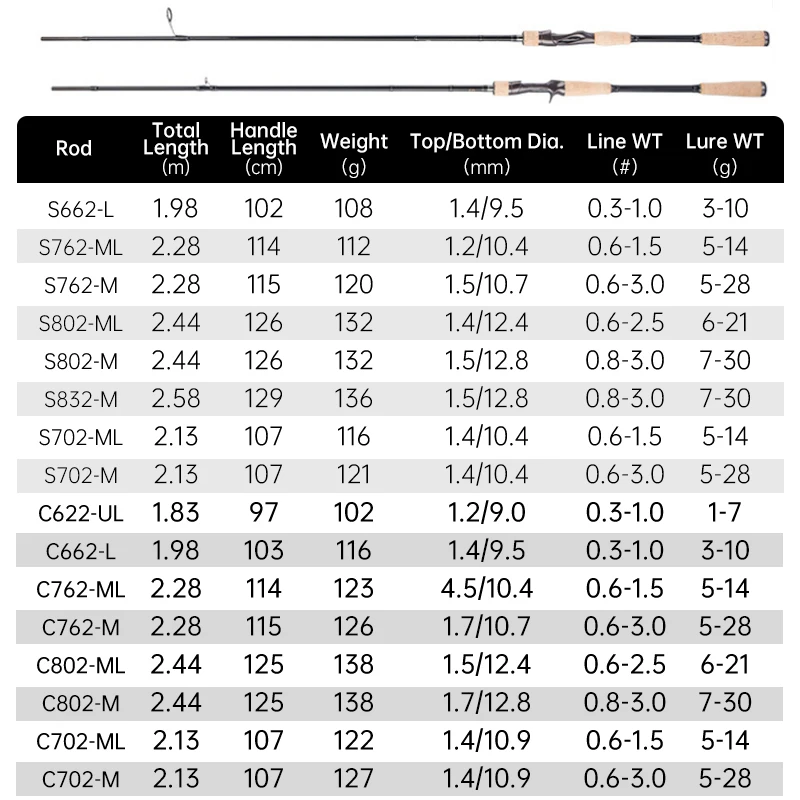
Types of Fishing Rods and Their Weights
Knowing the types of fishing rods and their associated weights is crucial for a successful outing. There are several types of rods, each designed for specific fishing situations and species.
Spinning Rods
These are versatile and user-friendly, making them a favorite for beginners. Spinning rods pair well with lighter lines and can range from ultralight to medium-heavy weights. They excel in casting light lures and handling smaller fish. Ultralight rods are perfect for panfish, while medium weights can manage larger bass.
Casting Rods
Casting rods offer more precision and power. They suit heavier lines and are found in medium to heavy weights. Anglers targeting larger freshwater species like pike or muskie often opt for these rods. Their design also allows for longer casting, beneficial when distance is key.
Fly Fishing Rods
Unique in their design, fly rods are meant to cast light flies with a special technique. Their weights vary depending on the target fish. A 4-weight fly rod works well for small trout, while a 7-weight is better suited for bass or bigger trout.
Telescopic Rods
Ideal for anglers on the go, telescopic rods collapse down for easy transport. Despite their convenience, they come in various weights to match the fishing conditions. They can serve well for casual fishing moments while traveling.
Trolling Rods
These are heavy-duty rods designed for dragging lures behind a moving boat. They’re typically much heavier, to tackle large saltwater game fish like tuna or marlin. Trolling rods need to withstand significant stress and thus come in heavy weights.
Each rod type comes in different weights to match the angling environment and the species you aim to catch. Matching the rod weight with the fishing rod weight chart will lead to a better fishing experience. Remember, the right rod weight not only helps in casting but also in fighting and landing fish effectively.

How to Determine the Right Rod Weight for You
Finding the right fishing rod weight can seem daunting. However, consider these simple steps to guide you:
- Think About the Fish You’re Targeting. Match the size of your intended catch to the rod weight. Smaller fish like panfish call for lighter rods. Bigger species need heavier rods.
- Consider the Fishing Environment. Are you fishing in a calm lake or a rushing river? Rough waters may demand a sturdier, heavier rod.
- Check the Lure or Bait Size. Lighter rods cast smaller lures better, while heavier rods handle larger lures.
- Reflect on Casting Distance. A longer cast might require a rod with more backbone. Make sure the weight supports the casting range you need.
- Consult a Fishing Rod Weight Chart. This chart gives recommendations based on fish size, lure weight, and line strength.
- Ask for Expert Advice. If you’re still unsure, seeking advice from experienced anglers or tackle shop employees can help.
- Test Different Weights. If possible, trying out rods of different weights will give you a feel for what works best.
Choosing the correct rod weight enhances not just your catching capability but also the joy of angling. With the fishing rod weight chart as a guide and considering these factors, you can select a rod that feels right and fits your fishing style best.
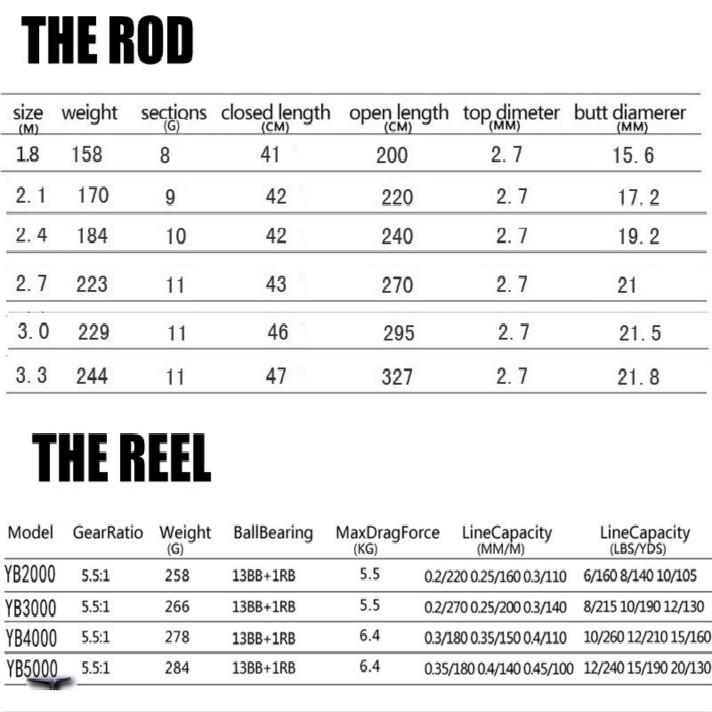
Understanding the Fishing Rod Weight Chart
The fishing rod weight chart is a vital tool for anglers. It matches rod power with lure weights and line sizes. To use it correctly, first look up the species you plan to catch. Next, find the typical lure weight and line strength used for that species. The chart will suggest a rod weight that can handle these. Simply put, it guides you to the best rod for your fishing needs.
Here’s a breakdown on how to read the chart:
- Find the Fish Type: Look for the fish you aim to catch on the chart.
- Look at Lure Weight: Check the recommended lure weights next to the fish type.
- Check Line Strength: Take note of the suitable line strengths listed.
- Identify Rod Weight: The chart will display the ideal rod weight range for your fish, lure, and line.
Remember, the fishing rod weight chart helps align your gear. It prevents using a rod too heavy for small lures or too light for big ones. By following the chart, you improve casting precision and reduce the risk of breaking your rod. Stay within the suggested weight range for a smoother fishing experience.
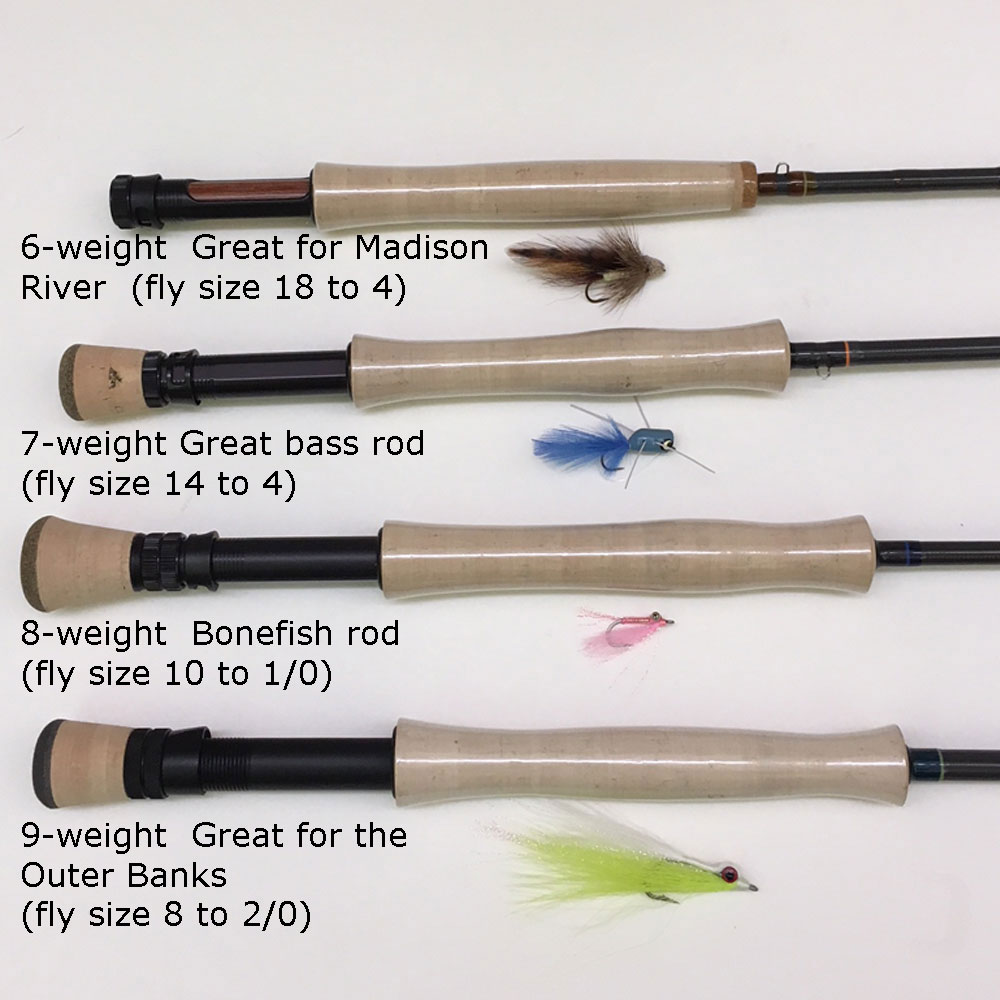
Factors That Influence the Choice of Rod Weight
When choosing a fishing rod, several factors affect the weight you should select. Each factor plays a critical role in ensuring you have the right rod for your fishing conditions and targets. Let’s go through the key factors that influence the choice of rod weight:
- Targeted Fish Species: Different fish require different rod strengths. Lighter rods are better for small species like panfish, while heavier rods are needed for larger ones like pike or bass.
- Type of Water Body: The environment where you fish matters. Calm waters may allow for lighter rods. Rough, choppy waters often call for heavier, more durable rods.
- Lure or Bait Size: The size of the lure or bait you plan to use can determine the rod weight. Small lures work best with light rods; large lures need heavier rods to cast effectively.
- Line Weight: The weight of the line should match the rod’s power. Using the fishing rod weight chart can help you align the line weight with the appropriate rod.
- Casting Distance: If you need to cast far, a rod with more power and weight is beneficial. It will provide the necessary force to reach distant spots.
- Fishing Technique: Specific techniques require specific rod types and weights. For example, fly fishing usually needs a lighter rod than trolling or bottom fishing.
- Personal Comfort and Skill Level: Choose a rod that feels comfortable and suits your skill level. Beginners might prefer lighter, more manageable rods to start with.
Understanding these factors and using the fishing rod weight chart will guide you to the best rod weight for your situations. Always consider these points when selecting a rod to ensure a successful and enjoyable fishing experience.
Popular Fishing Rod Weights and Their Uses
When it comes to fishing, the right rod weight can make all the difference. Popular fishing rod weights range from ultralight to heavy, each with specific uses. Here’s a quick overview:
- Ultralight Rods: Ideal for catching small fish like panfish or trout in streams or small ponds. They offer a delicate touch and can detect light bites.
- Light Rods: Best for slightly larger fish such as crappie or small bass. They work well with light lines and provide good control for finesse techniques.
- Medium Rods: Versatile rods that handle a variety of fish species. They are suitable for bass, walleye, and medium-sized freshwater fish.
- Medium-Heavy Rods: Great for larger freshwater fish like pike and lake trout. They offer more backbone for setting hooks and handling big fighters.
- Heavy Rods: Essential for big game fishing in saltwater. These rods are designed to tackle large species like marlin, tuna, and sharks.
Each weight class serves a distinct purpose based on the type of fish being targeted, the size of the lures and baits being used, and the specific fishing techniques employed. Ultralight rods, for instance, enhance the challenge and thrill of landing small fish. On the other hand, heavy rods provide the necessary strength for battling the ocean’s giants. Using the fishing rod weight chart can help anglers find the right rod weight for their intended catch. With the correct rod weight, your casting will be more accurate, and your fishing much more comfortable and enjoyable.
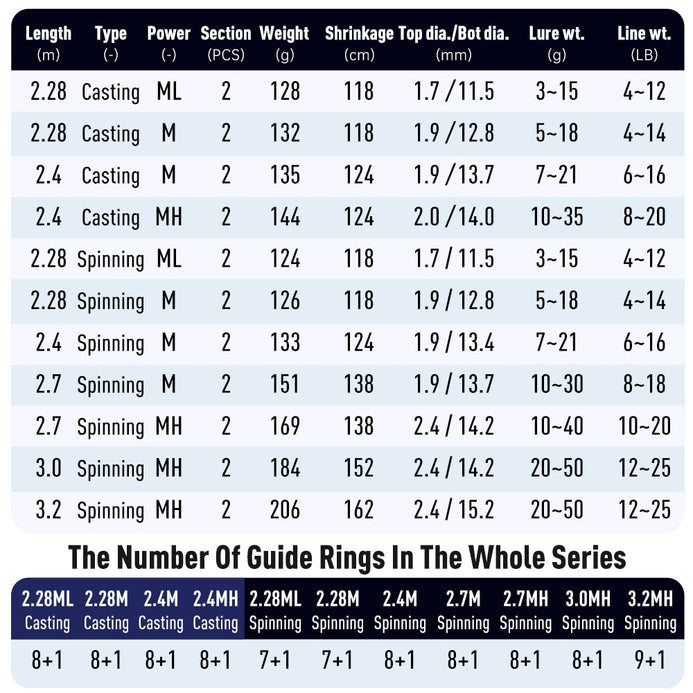
Tips for Matching Rod Weight with Fishing Techniques
When selecting a rod, your fishing technique is key. Each method has its own needs. Here are tips to align rod weight with various techniques:
- Fly Fishing: Go for light to medium weights. These rods flex for precise fly casting.
- Spinning: Light to medium-heavy rods are best. They offer versatility for different lures.
- Baitcasting: Choose medium to heavy weights. These rods handle heavier lures and longer casts.
- Trolling: Strong, heavy rods are a must. They pull lures deep and fight big fish.
- Jigging: Medium-heavy to heavy rods work well. They lift lures vertically and hook deep-dwelling fish.
- Surf Fishing: Long, heavy rods cast far into the surf. They beat the waves and wind.
- Ice Fishing: Short, light to medium rods fit. They manage small spaces and detect subtle bites.
Each technique demands a rod that supports the lure, casting style, and expected fish fight. Match the rod weight with the activity for optimal results. For instance, a heavy rod will tire you when fly fishing. But it’s perfect for battling a marlin. Use the fishing rod weight chart to start. Then, test different rods to find your best fit. Remember, the right rod makes fishing easier and more fun.
Conclusion: Making an Informed Decision
Selecting the right fishing rod weight is essential to a successful and enjoyable fishing experience. As you’ve learned, many factors influence which rod weight to choose, including the targeted fish species, the type of water body, the size of your lure or bait, your line weight, your casting distance, the fishing technique you intend to use, and personal comfort and skill level.
The fishing rod weight chart is a valuable resource that should be utilized to align your gear with your fishing objectives. Remember to start with the fish type, then look at the recommended lure weights and line strengths, before identifying the ideal rod weight range for your purposes. Each rod weight is designed with particular uses in mind, from the delicate touch of ultralight rods for panfish to the strength of heavy rods needed for saltwater giants.
In practice, consider the popularity of lightweight rods for finesse techniques and heavier rods for larger catches and high-resistance fishing environments. Experimentation can also be beneficial. If you have the opportunity, test different rod weights to find the one that feels the best for you. With the insights and tips provided, you can make an informed decision on the right rod weight, balancing between personal ease of use and the technical requirements of your fishing venture.
In conclusion, your choice in rod weight can make a significant difference in your casting accuracy, the enjoyment of your angling, and ultimately, the success of your fishing trips. Use the knowledge you’ve gained, trust the fishing rod weight chart, and engage with the fishing community or experts when in doubt. Choose wisely, and here’s to many rewarding days by the water’s edge.

